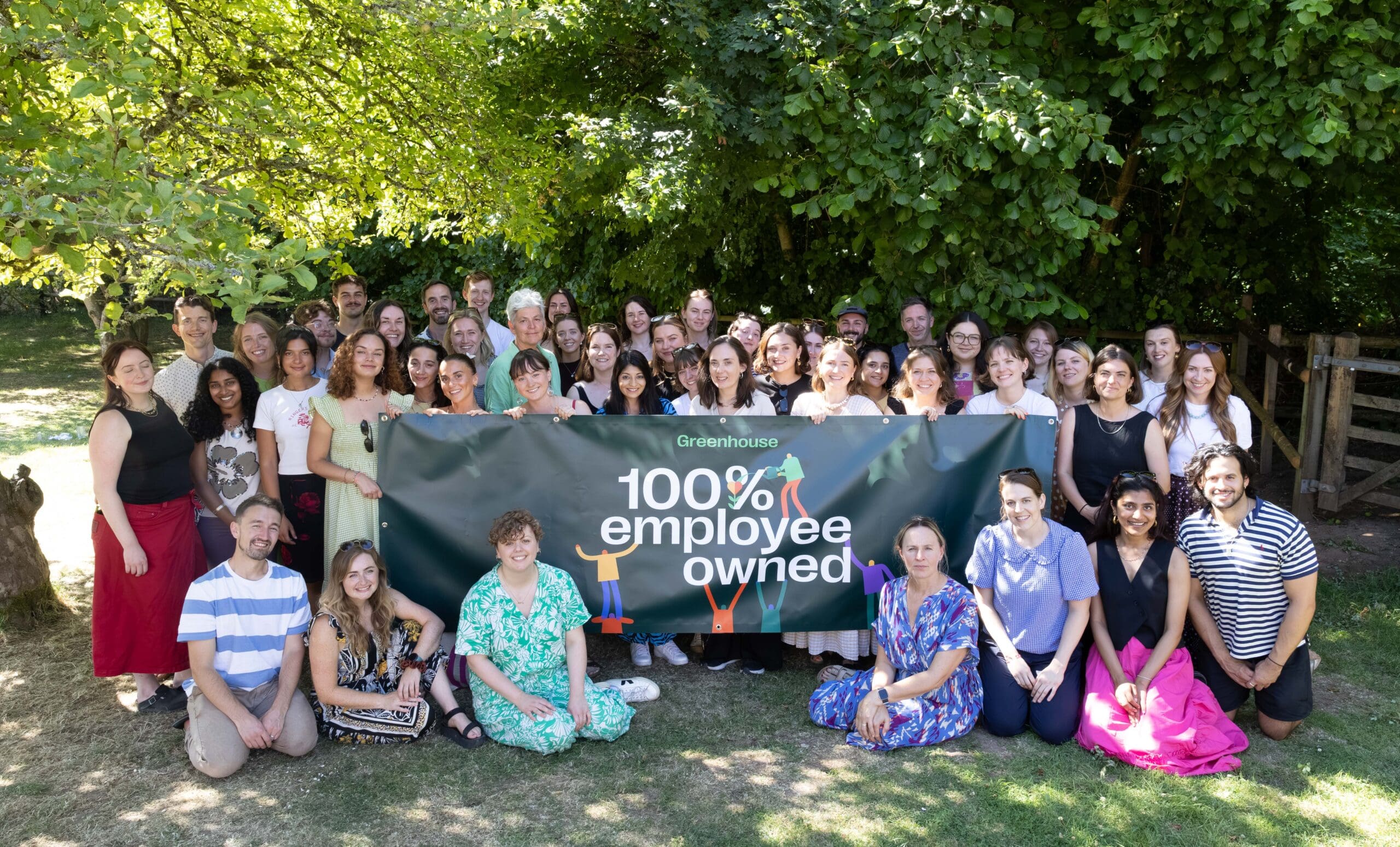Driving green economic development in Sub-Saharan Africa

Energy is both one of the biggest drivers of economic development and the world’s largest emitter of greenhouse gases. It is therefore imperative that electricity and the opportunities it unlocks is brought to more people in a clean and sustainable way.
Importantly, energy is key to empowering educational advancement. From charging our laptops to lighting our labs and libraries, it gives us the ability to access the facilities needed to develop our knowledge and meet the growing global demand for digital skills. Across Africa, for example, the International Finance Corporation (IFC) estimates that 230 million jobs will require some level of digital literacy by 2030, translating to 650 million training opportunities and a $130 billion market.
However, 770 million people globally currently live in energy poverty, two thirds of whom live in Sub-Saharan Africa. One of the main factors limiting access to 24/7 power is weak grid infrastructure in underdeveloped areas where people are subject to frequent power outages, or have no energy access at all. As a result, 65% of Sub-Saharan school students don’t have access to electricity or the opportunities it can unlock.
In an effort to accelerate educational prosperity across Sub-Saharan Africa, many governments and businesses are investing in clean energy to cultivate greater and more sustainable economic opportunities.
Electrification with renewable tech
Renewable technologies such as solar PV are paving the way for greater access to electricity and providing smaller, more agile and cheaper alternatives to weak grid infrastructure. This is particularly beneficial in remote areas where the conventional electricity grids cannot be extended because of economic or geographical limitations.
Declining costs of small-scale solar, and the collaborative efforts of governments and businesses, are enabling rapid rollout of this technology and helping to deliver affordable electricity to millions of people.
The rapid deployment of off-grid systems in Kenya, Tanzania and Ethiopia, for example, has accounted for around 2.5 million people gaining electricity through new solar systems, as highlighted in Africa Energy Outlook 2019. And as access to clean power increases, so too does access to new technologies, educational opportunities and jobs.
A bright future for all
Despite many economies being hamstrung by Covid-19, the African tech start-up ecosystem experienced a record year for investment, with start-ups raising an impressive $701.5 million, according to the African Tech Startups Funding Report 2020. Increasingly, investors are attracted by the combination of significant returns and the ability to provide power to disconnected communities using alternative energies and innovative business models.
One such venture is using solar energy to accelerate digital education for off-grid school children. The Malagasy solar start up Jirogasy has partnered up with the UK developer of circular lithium-ion batteries, Aceleron, to deliver solar powered computers to 10,000 children a year across schools in Madagascar and East Africa.
The Jirodesk 2 is produced in Madagascar and is designed to enrich digital learning, and deliver key educational resources to Malagasy schoolchildren without access to reliable power.
The computers will boost digital literacy and offer a route for largely non-electrified communities to connect to new economic opportunities. The Madagascar based production facility also offers job opportunities for Malagasy workers to train as computer technicians.
The batteries that power the computers are built in Nairobi, Kenya, where Aceleron trains local engineers to produce the innovative batteries, supporting the growth of a local skilled workforce of battery mechanics and engineers.

A local workforce in Nairobi, Kenya, develops the batteries used to power the Jirodesk 2.
This is not Aceleron’s first venture into supplying cutting-edge renewable technologies to enhance the lives of those living off-grid in Sub-Saharan Africa. In 2019, Aceleron rolled out 4,000 batteries in Kenya to store solar power from the day for use in the evening. A number of homes use kerosene lamps at night, risking potential hazards such as fires, poisoning and explosions. In powering people’s homes with safe and reliable electricity, Aceleron is giving families light to read and energy to power computers to work and learn, strengthening their social and economic potential.
Another company taking on the global energy poverty problem is BBOXX. BBOXX has positively impacted over one million lives by directly contributing to 10 of the 17 United Nation’s Sustainable Development Goals. Their BBOXX DRC technology has reached over 50,000 people and provides clean, reliable electricity using decentralised renewable energy solutions.
These examples of innovative renewable technologies highlight the power of clean electricity to unlock the potential of local development to accelerate green economic growth. It is imperative that electricity and the opportunities it unlocks continues to be made accessible to more people in order to close the worldwide economic gulf. Innovative, clean electricity access can deliver a brighter educational, environmental and economic future for us all.
We also recommend:
Exposed: Rich nations are failing to protect the Global South from climate change
Oil producing countries risk $13 TRILLION of losses – unless they act now


